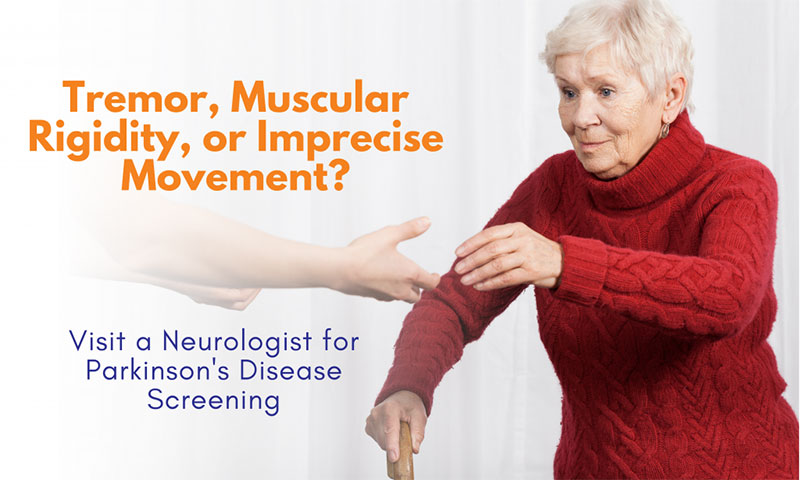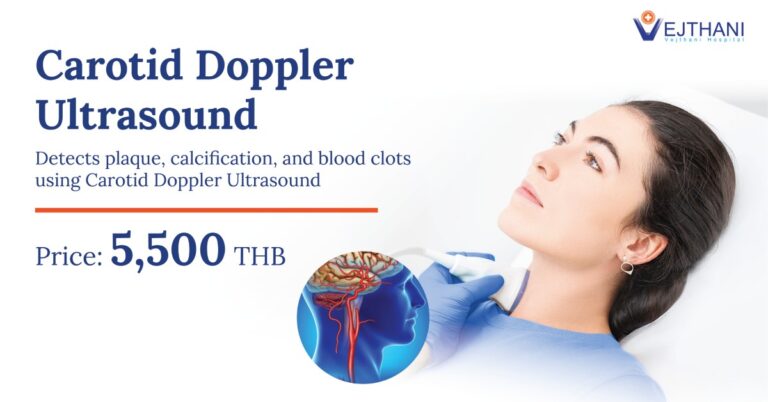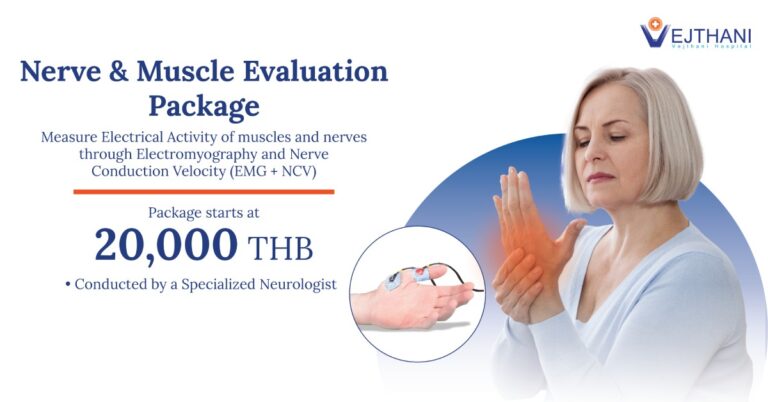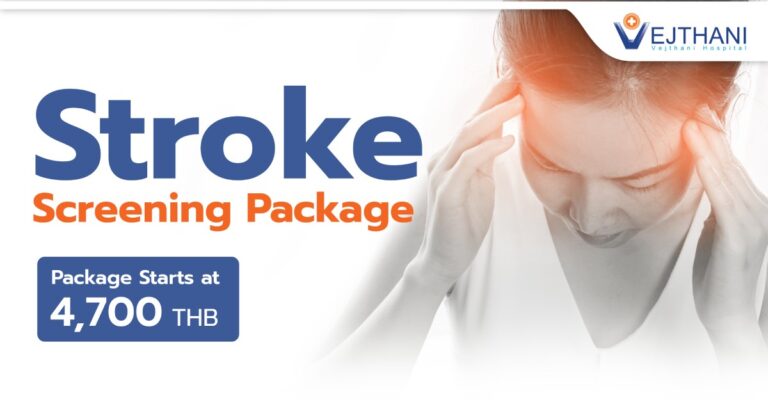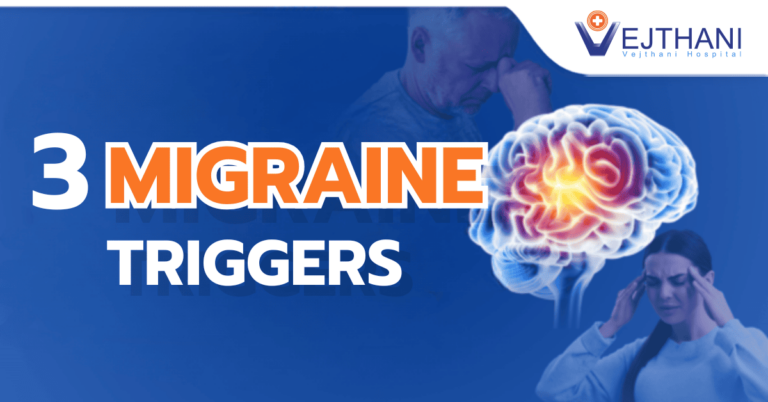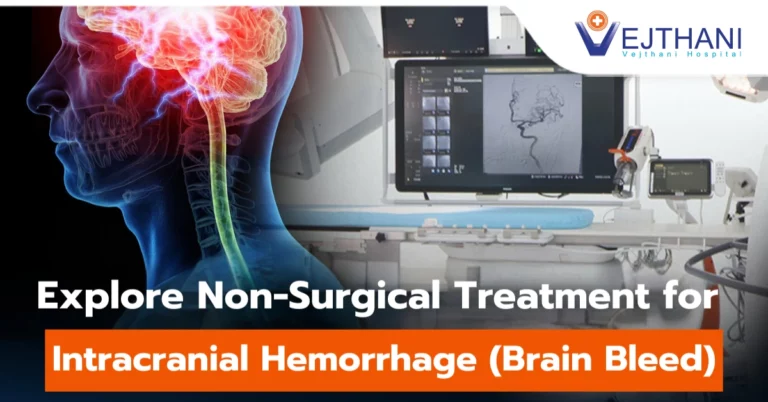“Is there a cure for Parkinson’s disease?”
“Is constipation a part of Parkinson’s disease?”
“If I have Parkinson’s disease, are there chances that my children will suffer from it as well?”
“My father has symptoms of amnesia before his hands shake, and why does the doctor say that this is an artificial Parkinson’s disease?”
These are the questions that a physician is frequently asked after someone is first diagnosed with Parkinson’s disease. It is not surprising that the patients or their peers are worried about the disease especially because there is still no known absolute cure from the disease and the patients have to succumb to living with the disease all their life. That is why we need to have a basic understanding of Parkinson’s disease to be prepared for self-care.
Parkinson’s disease is a disorder that affects the motor system with symptoms such as tremor, which can be found on the face, hands and feet, muscle rigidity and slowness of movement. These symptoms usually begin on one side of the body and slowly spread to both sides. Some patients may suspect that they have a stroke, but symptoms differ in that Parkinson’s is more of gradual onset while stroke the symptoms are acute. Other than that, patients may come to visit the doctor with symptoms such as abnormal walking, postural instability, imbalance, or even falling down. Also, there are non-motor symptoms that are associated with Parkinson’s which most patients are unaware of such as talking in one’s sleep (acting out while sleeping or even hurting your sleep partner), bodily aches, or problems with the autonomous nervous system such as constipation which can precede motor system abnormalities or tremor for many years.
Moreover, the patients may suffer from dementia which is different from Alzheimer’s disease. Another issue of non-motor symptom is mood disorders such as depression or anxiety which are thought to be brought about as the patient has the knowledge of onset of the disease. However, several studies show that these mood disorders are part of the symptom of Parkinson’s disease. These motor and non-motor system symptoms are frequently prevalent among patients with Parkinson’s and can be treated so family and peers must be totally aware about these symptoms and report them to the physician regarding treatment of Parkinson disease.
Most of patients may go through what is called the honeymoon period, during which they may respond well to medications and may even become close to normal again. However, they start to react differently to the medication as it starts, wearing off easily and the inability to control their body movements (dyskinesia). This becomes more difficult to treat.
Is the disease heredity?
The chances of Parkinson’s being transferred through the genes is slightly low, and may be present in patients at a young age with symptoms including stiffness or dystonia in the hands and feet and slowness of movement as well as there is a family history of Parkinson disease. Physicians must be notified of this data to be able to apply treatments more effectively.
Parkinson-Plus Syndrome
80% of patients with the above symptoms usually suffer from idiopathic Parkinson’s disease, but there are others who have other symptoms which are not so found in Parkinson’s disease, which are hallucinations during early treatment, delusions and fainting and these patients must undergo further strenuous screening as it might be Parkinson-Plus Syndrome. Instead of having idiopathic Parkinson’s disease, they may develop more severe symptoms and might react adversely to treatment. In addition to a physical examination, radiology or laboratory testing should be done to aid diagnosis. However, there are some advantages in the treatment of Parkinson-Plus Syndrome as it is currently believed to be a disease of the degeneration of the brain that occur in each patient personally and is a non-hereditary disease.
Informal view of Parkinson’s
Simply described, Parkinson’s disease is caused by the progressive degeneration of nerve cells in brainstem called the Substantia Nigra. This part of the brain is responsible for emitting a neurotransmitter called dopamine which helps in the movement of the body, thinking and behavior and this can affect the motor and non-motor systems. Treatment involves replacing the dopamine which the body is unable to produce naturally thus replenishing the brain’s dwindling supply. There is still no absolute cure for the disease and for the brain to start producing dopamine naturally again. However, there are a number of studies that focus on symptomize treatment, on slowing the degeneration of the disease, slowing on a development of motor complications. For example drug in the form of gels into the small intestine where the drug is absorbed and surgery to insert an electrical device into the brain. If you have questions about the symptoms of the disease or the treatment of Parkinson’s disease, you can consult a neurologist.
- Readers Rating
- Rated 5 stars
5 / 5 ( Reviewers) - Spectacular
- Your Rating





















